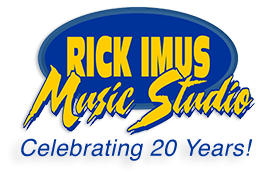A Look at Sight Reading
Sight reading is the rapid matching of a new phrase with a learned phrase.Do you believe in love at first sight sight? How about lovely music at first sight? Let’s take a look (pardon the pun) at Sight Reading, the skill that turns ink on paper into organized sound.
First, we need to acknowledge the term, “sight reading” is redundant. Reading is by definition by sight. What musicians mean by the term is the realization of notation to sound at the first sight -the first attempt.
Our approach should be that sight reading is the rapid matching of a new phrase with a learned phrase. To get better at reading at the first attempt, we need to have a bank of experiences to match up that new phrase. The more phrases we’ve seen in hours/weeks/years past, the faster we can process the new phrase.
Making a little sight reading activity at a time is helpful. For guitar students, the routine of two minutes of sight reading at the start of a lesson is a comfortable routine. Yet, add that up over 37 lessons and that student will have chops.
For piano students, digital pianos often come with a starter pack of sheet music. Bam! Right there for you, make it happen.
Drum students tend to make it happen because printed music is the lone method of documenting charts.
Reading standard notation is the most direct way to connect musicians and enjoy current and past musical treasures.
Sight Reading for music students is an ongoing skills development project. Whether it’s chord charts, tabs, or standard staff notation, it’s worth the effort.
